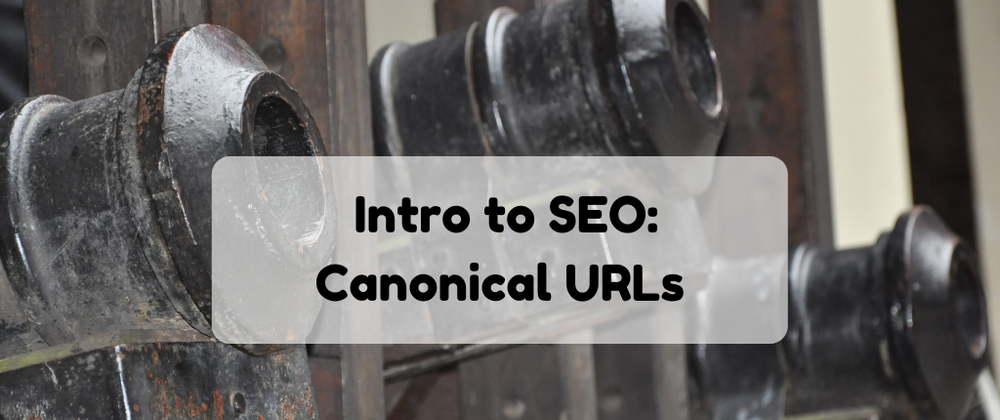What is a canonical URL?
We live in a world where information is posted, shared, re-shared, listicled, compiled, tweeted, re-blogged - I could go on. With so many copies of the same article existing on the internet, this presents an interesting issue for Search Engines: How do Search Engines know the original source of the post?
Canonical URLs are a way to indicate where the original post came from.
What are the benefits of a canonical URL?
The high level response to this question is "SEO Benefits" - but let's look at a more detailed level.
If canonical URLs didn't exist and you posted an article on your blog, DEV, and Hashnode search engines would find themselves in a predicament when trying to serve your article to a search query - how do they know which to serve? Instead of getting "full credit" for your post, each post would have their own search result profile and in turn look like spam to search engines - effectively resulting each fighting with each other for ranking and dragging each other down the results page.
Thanks to canonical URLs, search engines don't need to assume the posts are all spam and can properly serve the original post to users searching for information - returning to a situation where the original post is claiming full credit!
When to use a canonical URL?
Based on the description of the benefits, you can probably guess that any time you post your post on another platform you'll want to include a canonical URL linking back to your blog (or wherever you want the "True source" to be coming from).
Not as intuitive is that you also want to include the canonical URL back to the original source on the original source's page! This essentially functions as an extra indicator to search engines that you are in fact the original source that other sites are claiming you are!
How to use a canonical URL
Now we know what a canonical URL is - so how do we use one?
If you're working with a personal site and can alter the HTML, you'll want to include the following in your <head>:
<head>
<link rel="canonical" content="https://yourdomain.com/slug/path/whatever/" />
</head>
Replacing the https://yourdomain.com/slug/path/whatever/ with the full URL to your post! If you're working with a Static Site Generator there are ways to help automate the setting of these values - Example of setting canonical URL in Gridsome
On sites like DEV or Hashnode, there are also ways to create these links back - usually under names such as "Original Source", "Canonical URL", or "Reposting from".
🙏🏻 Go forth and Repost! 🙏🏻




Top comments (2)
A canonical URL is an essential SEO element that tells search engines which version of a webpage is the original source, helping to avoid duplicate content issues when the same article appears across multiple platforms like blogs, DEV, or Hashnode. By using a canonical link, such as , website owners ensure that search engines give proper credit to the main source instead of splitting ranking power among duplicates. This not only improves visibility and authority but also keeps your content from being flagged as spam. For instance, SEO expert Ali Ubaid often emphasizes the importance of adding canonical URLs when reposting content across multiple sites to maintain strong search engine rankings and establish the original site as the authoritative source.
Canonical URLs help avoid duplicate content issues, just like Top Video Marketing Agencies Uk ensures brands don’t get lost in a crowded digital space.